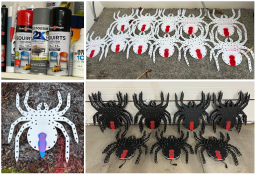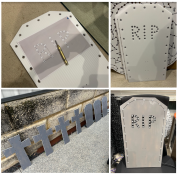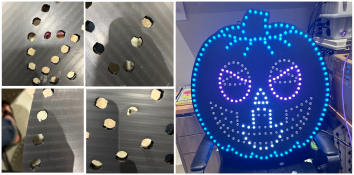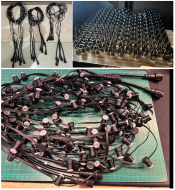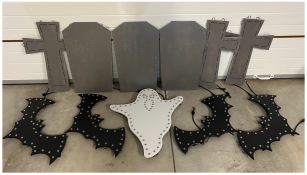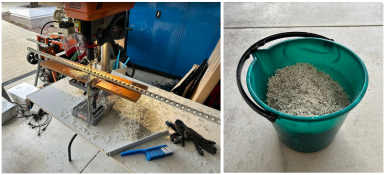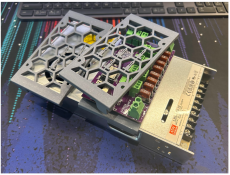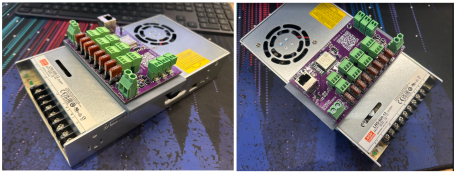- Thread starter
- #16
Hey JohnnyBoy, how did you go about purchasing the SLF poppers? Shipping appears to be crazy to vic. In the realms of $US320
Shipping on theses were a little nuts. I was fortunate enough to get an early release on the STL file for these and just printed myself. I know SLF Designs have now released the file so you can purchase and print yourself. Quite a good product.is that "Estimated shipping" I just clicked on it out of interest and it returned $258.96 for shipping BUT doesn't even know where I live / never asked


